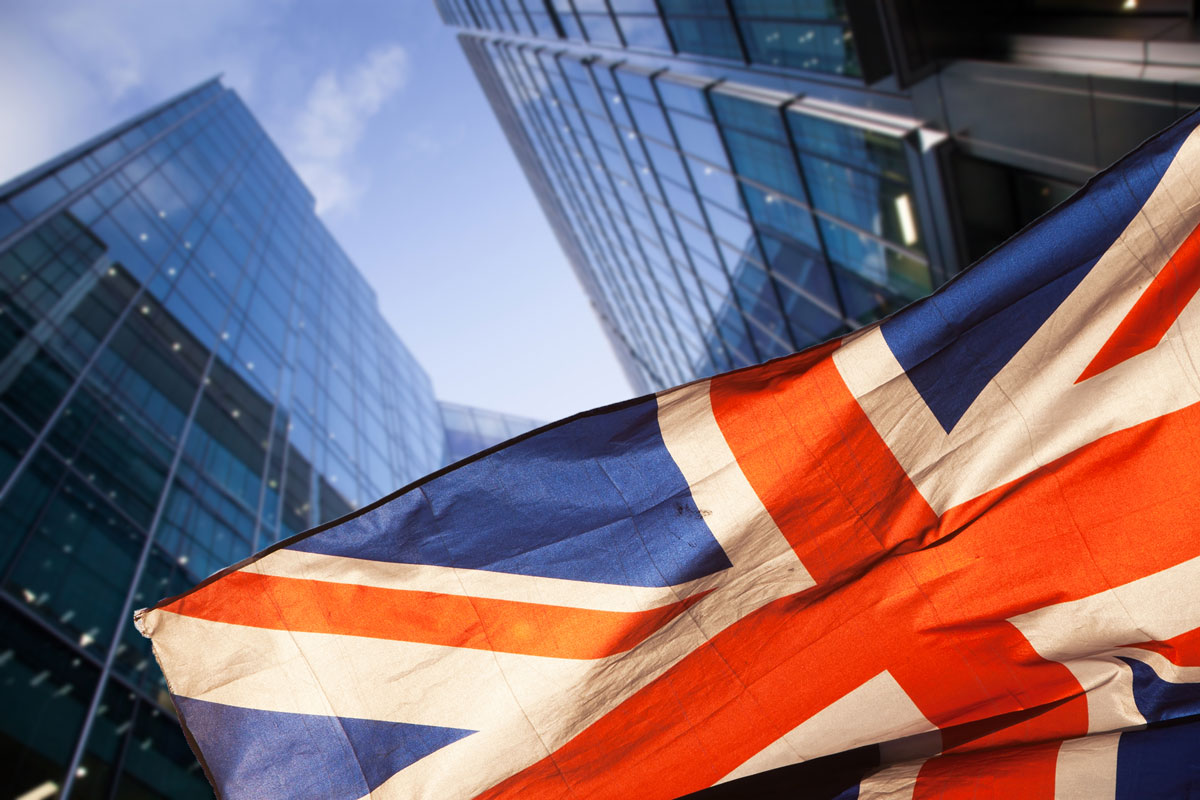Priorities for UK trade liberalisation
As the UK develops its trade policy outside of the EU, it would be a mistake to base its future approach on the one it inherits from the EU.
Rolling over existing EU deals with third countries may be fast and convenient, however many of them don’t fit the specific interests of the British economy. There are significant opportunities for Britain to forge a different approach. There are three areas where this approach could be particularly beneficial: adopting a unilateral tariff liberalisation approach – ideally eventually to all, but certainly immediately with the poorer countries in the world; using “Concerted open plurilateralism” to forge trade alliances with groups of like-minded countries; and negotiating a free trade agreement with the world’s largest market, the United States. This deal in particular would allow the UK to become a powerful driver of future trade liberalisation and shaper of rules around important new areas such as data governance.
Unilateral tariff liberalisation
The EU’s trade policy with developing countries is often portrayed as benevolent, as it offers significant tariff free access to the EU market, yet on closer inspection it is also increasingly protectionist, with both developing countries and the EU itself suffering from the graduated barriers to trade included within it. These Generalised System of Preferences (GSP) schemes give developing countries preferential access, but the level of openness the EU grants is based on how poor the country is and how much it sells to the EU.
The poorest countries in the world benefit from the Everything but Arms (EBA) scheme, where they get unilateral tariff free access to the EU for virtually all goods. Richer developing countries access the GSP or GSP+ scheme. At each level the country has progressively less EU access. In addition there are thresholds within the schemes governing how much a third country can export to the EU. A country risks losing some or all of its preferences if the thresholds are breached. As a result, the EU effectively offers tariff free access only where a third country doesn’t pose a competitive challenge to European products.
It is therefore far from unilateral tariff liberalisation and offers some perverse incentives as countries which successfully use their preferential access will ultimately lose them as they get richer and increase their exports to the EU.
If the UK replicates the scheme, including the existing thresholds for the UK share of the market, it risks penalising countries which currently sell mainly into the UK. They could go well over a UK only threshold carved out of the EU GSP. This would not only be bad for developing countries, but also for British consumers, as goods produced in these countries would become more expensive.
As well as simplifying the UK’s MFN tariff rates, and removing them across all sectors over time, there is also an opportunity to forge a more open GSP scheme. It should offer Everything But Arms (duty free, quota free) access to all developing (GSP eligible) countries. A new, more open GSP scheme could also help the UK in its approach to the Commonwealth, given that Commonwealth members make up a large proportion of the developing world.
Concerted Open Plurilateralism
The UK can also sharply diverge from the EU trade approach in digital trade. The UK is a services superpower and a key incubator for tech start-ups. With the advent of technologies such as AI and 3D printing, and with the world lacking a framework to govern digital trade, the UK has a unique chance to shape the trade rules in these areas, which now account for 25% of global GDP.
In this context the UK should work with smaller and middle sized nations to create common rules and approaches in specific areas. This “Concerted Open Pluralateralism” approach allows nations to create such partnerships and design them in such a way that other nations can join at a later stage. It is a bottom-up approach to building expandable trade alliances in an era when the WTO hasn’t been able to deliver a global deal. New Zealand has been exemplary in this regard, and was involved in spearheading the recently completed Digital Economic Partnership Agreement (DEPA) covering digital trade, and the Comprehensive and Progressive Trans Pacific Partnership (CPTPP) – both of which the UK should seek to join.
The UK should take a proactive and strategic role in initiating plurilateral agreements. It could start with other advanced, English speaking economies such as the US, Canada, Singapore, New Zealand, Australia, and Israel – not forgetting the overseas territories. In 2018 the Initiative for Free Trade collaborated with the Cato Institute in drafting the legal text of an ideal US-UK free trade agreement. This includes a regulatory coherence chapter facilitating mutual recognition of equivalence; free movement of workers (conditioned upon job offer); removal of tariffs; mutual recognition of professional qualifications, and more. The text was purposefully written such that other countries might join in the future.
Bilateral deals: prioritise the United States
The US is the single largest country market for UK businesses, with the UK exporting a total $121.5 billion of goods and services to the US in 2018. Despite repeated attempts over the years, the EU has not negotiated a free trade deal with the US. As a result, many UK sectors have the potential to gain significantly from an agreement with the US.
Although US tariffs are generally low, some British industries like ceramics face a 28% tariff and the US has recently increased tariffs on a variety of products in an apparent attempt to force partners to the negotiating table. A US/UK FTA could remove the vast majority of these new and existing tariffs. As UK tariffs are higher than US ones, the UK will be expected to move reduce its tariffs further, Cars for example attract a 10% tariff in the UK and only 2.5% in the US. However, a deal which removes the vast majority of them for both sides is within reach and would significantly benefit consumers and companies on both sides of the Atlantic.
A bigger challenge is standards, as the EU and US have followed different regulatory paths and neither side has been prepared to make the concessions needed to recognise those from the other side. As a result, many agricultural products are banned by both sides. Haggis, chicken, many cheeses and until very recently British beef are not allowed into the US because of its food regulations. In return the UK bans American chicken and beef. The EU and US have not been able to bridge these differences, despite numerous attempts and despite the fact that food is safe in both countries. A UK/EU trade deal offers the opportunity for this impasse to be broken, with substantial benefits beyond food. Automobiles also face similar challenges, as the UK and US have different seatbelt, emissions and fuel efficiency standards which means cars need two sets of testing and manufacturers separate production lines.
A UK/US deal which streamlined these and other standards could bring substantial benefits to both sides. This is what TTIP, the proposed US/EU FTA tried but ultimately failed to do.
A tariff deal and some recognition of each other’s standards would greatly increase the transatlantic market in goods, with many industries benefitting, including automotive, ceramics, and agriculture. However, the greatest potential benefit from a US/UK trade deal is that it would solidify the trade element of the transatlantic relationship, opening the door for further trade liberalisation in the future. This would be particularly beneficial in services, as both the UK and the EU are services superpowers and have the potential to shape the future global trade system in this area. With both the US and UK unlikely to retain their existing data adequacy agreements with the EU, a comprehensive digital agreement which includes the ability to transfer data across the Atlantic will greatly strengthen British digital industries and will put the UK in a position to shape the global approach to data transfers.
Conclusion
The recently concluded FTA with Japan is a positive sign of the future direction of UK trade policy. It builds on the EU-Japan agreement, ensuring that more British Geographical Indicators (GIs) are protected in Japan, while opening up Japan’s market further to British agricultural exports. It also included significant improvements in data policy. The commitment to the free flow of data, the rejection of data localisation measures and the data adequacy agreement will help the UK tech industry to grow and to develop a digital market with Japan. This approach is in marked contrast to the EU approach to data transfers. The UK/Japan agreement also hints towards a more plurilateral approach to UK trade policy as many of its provisions will make it easier for the UK to eventually join the multi-nation Comprehensive Trans Pacific Partnership (CPTPP)
The UK can build on this success by following the principles laid out in this document: focusing on unilaterally opening the economy – particularly to developing countries; upgrading current FTAs; and forging open alliances with like-minded countries. By focusing on these, a newly independent UK can build a strong trade policy focused on its strengths, and one which will allow the UK to be a more progressive force for global trade liberalisation.
Dan Dalton is Fellow at the Initiative for Free Trade, London and former Member of the European Parliament for West Midlands, United Kingdom. Philip Stevens is Executive Director of Geneva Network.



